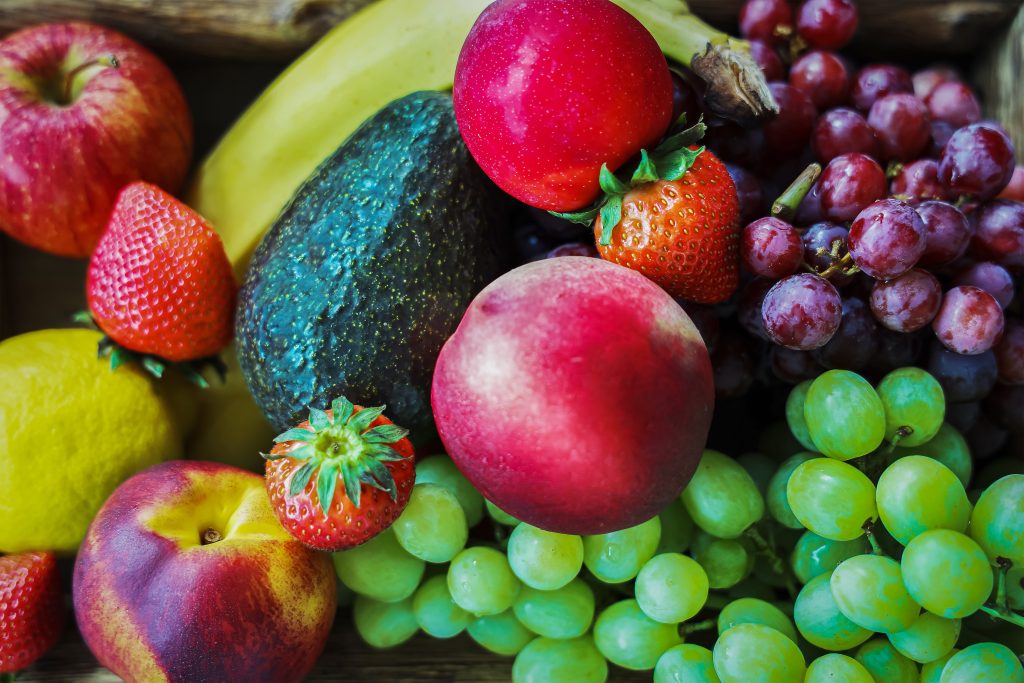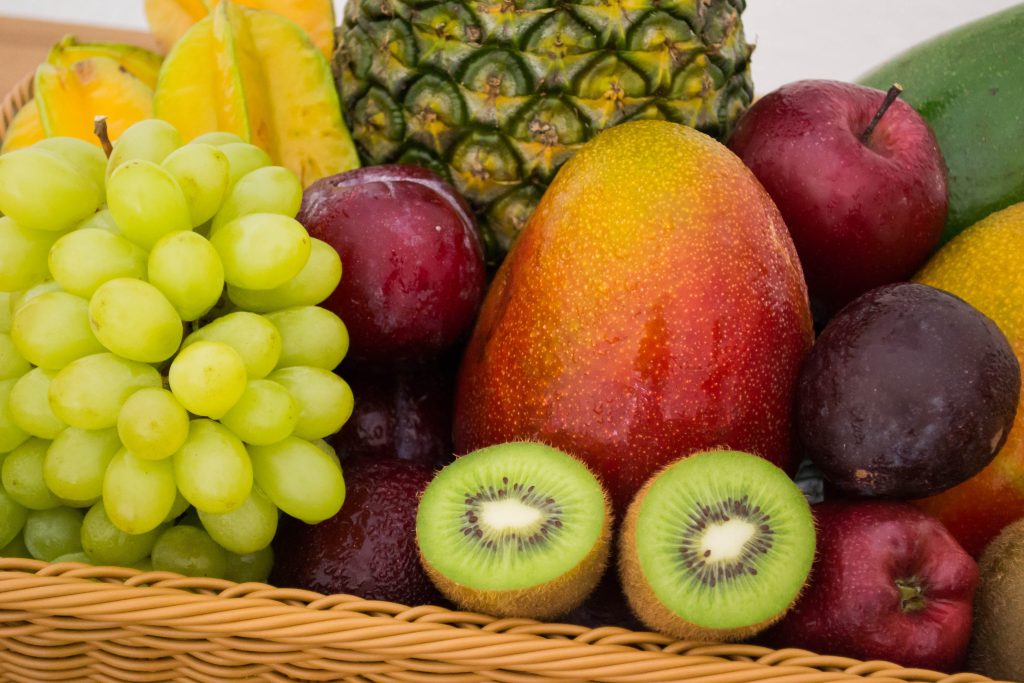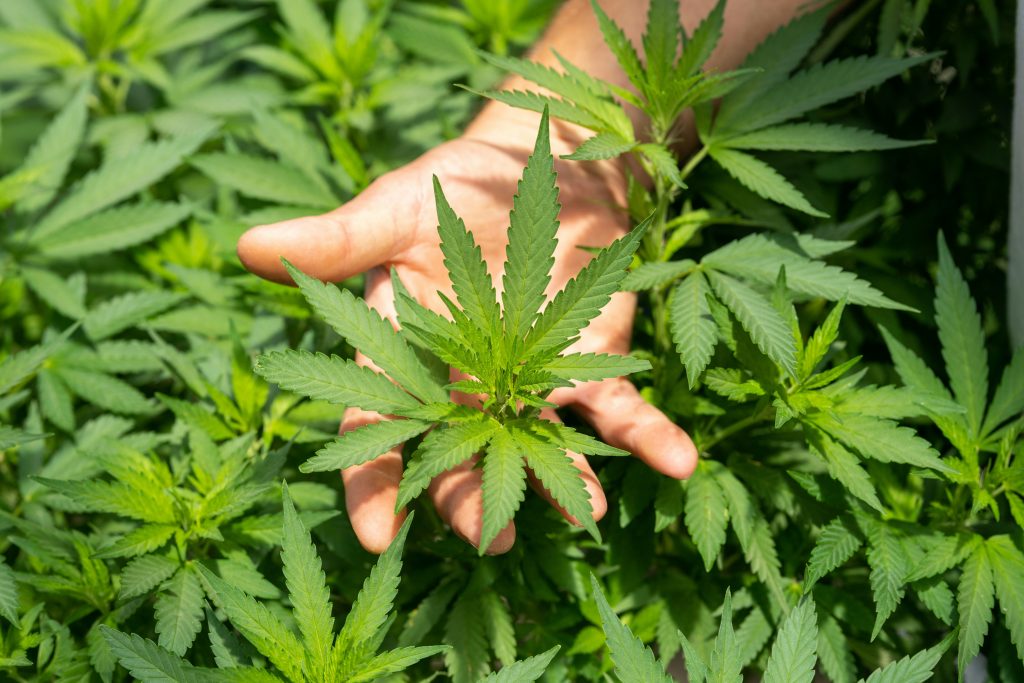Fruit crops play a pivotal role in agriculture, contributing to both the economy and our daily lives. The cultivation of fruit crops is a widespread practice globally, providing us with an array of delicious and nutritious fruits. In this article, we will look into the diverse world of fruit crops, exploring their varieties, uses, and significance in agriculture.
What are Fruit Crops?
Fruit crops refer to plants cultivated for the purpose of producing fruits, which are often consumed fresh or processed into various products. These crops are a vital component of agriculture, contributing to food security, economic growth, and biodiversity.
Examples of Fruit Crops
- Apple
- Banana
- Orange
- Mango
- Grape
- Strawberry
- Watermelon
- Pineapple
- Avocado
- Peach
- Plum
- Cherry
- Lemon
- Lime
- Kiwi
- Papaya
- Pomegranate
- Blueberry
- Raspberry
- Blackberry
- Cranberry
- Apricot
- Fig
- Grapefruit
- Cantaloupe
- Honeydew
- Pear
- Nectarine
- Passion Fruit
- Guava
- Coconut
- Olive
- Persimmon
- Date
- Elderberry
- Gooseberry
- Tangerine
- Lychee
- Dragon Fruit
- Pineberry
- Plantain
- Boysenberry
- Currant
- Mulberry
- Quince
- Ackee
- Jabuticaba
- Soursop
- Pawpaw
- Ackee

Read also: Classification of crops
Types of Fruit Crops
Fruit crops are a diverse group of plants cultivated for the production of fruits, which are an integral part of human diets worldwide. The variety of fruit crops spans across different climates and regions, offering a rich tapestry of flavors and nutritional benefits. In this section, we will explore various types of fruit crops, examining their characteristics, cultivation practices, and significance.
Citrus Fruits
Orange
Oranges are iconic citrus fruits known for their juicy, tangy flavor and high vitamin C content. Varieties include Navel, Valencia, and Blood Orange.
Lemon
Lemons, with their zesty and sour taste, are versatile fruits used in cooking, baking, and beverage preparation.
Lime
Limes, similar to lemons, add a burst of citrus flavor to dishes and beverages. Key varieties include Persian lime and Key lime.
Grapefruit
Grapefruits come in different varieties, such as Ruby Red and Pink, and offer a sweet and slightly bitter taste.
Stone Fruits
Peach
Peaches are soft, fragrant fruits with a sweet and velvety flesh. Varieties include Clingstone, Freestone, and Donut Peach.
Plum
Plums come in diverse colors and flavors, ranging from sweet to tart. Popular varieties include Santa Rosa and Damson.
Cherry
Cherries, whether sweet or tart, are cherished for their vibrant colors and distinct taste. Varieties include Bing, Rainier, and Montmorency.
Apricot
Apricots are small, golden fruits with a sweet and mildly tart flavor. Varieties include Moorpark and Tilton.
Berries
Strawberry
Strawberries are juicy, red berries enjoyed fresh, in desserts, or as part of jams and jellies.
Blueberry
Blueberries, rich in antioxidants, are versatile berries used in baking, smoothies, and fresh consumption.
Raspberry
Raspberries, with their delicate structure and sweet-tart taste, are used in desserts and jams.
Blackberry
Blackberries are dark, juicy berries often used in pies, cobblers, and jams.
Tropical Fruits
Mango
Mangoes, tropical fruits with a rich, creamy texture, come in varieties like Alphonso and Haden.
Pineapple
Pineapples have a sweet and tangy taste, making them ideal for fresh consumption and various culinary dishes.
Banana
Bananas, a staple in tropical regions, are convenient, nutritious snacks with varieties like Cavendish and Plantain.
Papaya
Papayas, with their vibrant orange flesh, are tropical fruits known for their sweetness and digestive enzymes.
Exotic Fruits
Avocado
Avocados are unique fruits with creamy flesh, high in healthy fats. Varieties include Hass and Fuerte.
Kiwi
Kiwi, also known as Chinese gooseberry, is a small, fuzzy fruit with a tangy-sweet taste.
Dragon Fruit
Dragon fruit, or pitaya, is a visually stunning fruit with a mildly sweet flavor and crunchy texture.
Lychee
Lychee, a tropical fruit with a sweet and floral taste, is enjoyed fresh or in desserts.
Melons
Watermelon
Watermelons, with their high water content, are refreshing fruits enjoyed in summer.
Cantaloupe
Cantaloupes, also known as muskmelons, have a sweet and fragrant orange flesh.
Honeydew
Honeydew melons are sweet and juicy with a pale green flesh.
Miscellaneous Fruits
Apple
Apples come in various flavors and textures, from sweet to tart, and are consumed fresh or in various dishes.
Pear
Pears, with their crisp texture and sweet taste, are enjoyed fresh or in desserts.
Olive
Olives, although typically associated with oil production, are technically fruits consumed in various forms.
Coconut
Coconuts provide not only refreshing water but also versatile flesh used in cooking and desserts.
Lesser-Known Fruits
Pawpaw
Pawpaws, native to North America, have a custard-like texture and a tropical flavor.
Ackee
Ackee, native to West Africa, is known for its distinct appearance and is a staple in Caribbean cuisine.
Jabuticaba
Jabuticaba, unique for bearing fruits directly on its trunk, has a sweet and grape-like flavor.
Soursop
Soursop, with its spiky green exterior, has a creamy white flesh with a tropical and tangy taste.
Exotic Berries
Elderberry
Elderberries are small, dark berries used in jams, syrups, and for their potential health benefits.
Gooseberry
Gooseberries, with their translucent flesh, can be sweet or tart and are used in various culinary creations.
Currant
Currants, whether red, black, or white, are tiny berries used in jams, jellies, and desserts.
Mulberry
Mulberries, available in various colors, have a sweet flavor and are enjoyed fresh or dried.
Unusual Fruits
Plantain
Plantains, resembling bananas, are starchy fruits commonly used in cooking when unripe.
Quince
Quinces are hard, fragrant fruits often used in cooking for their unique flavor.
Pineberry
Pineberries, resembling white strawberries, have a pineapple-like flavor.
Boysenberry
Boysenberries, a hybrid of blackberry, raspberry, and loganberry, offer a unique taste.

Uses of Fruit Crops
- Fresh Consumption: The primary use of fruit crops is as fresh, delicious snacks that provide essential vitamins and minerals.
- Juice Production: Many fruits, such as oranges and grapes, are juiced to create refreshing and nutritious beverages.
- Culinary Delights: Fruits are integral ingredients in a wide range of culinary creations, from salads to desserts and main dishes.
- Dried Fruits: Some fruits, like apricots and raisins, are dried to extend their shelf life and create portable snacks.
- Jam and Jelly: The natural sweetness and pectin content of fruits make them ideal for making jams and jellies.
- Wine Production: Grapes, specifically wine grapes, are cultivated for the production of various types of wines.
- Canning and Preservation: Fruits are often canned or preserved to maintain their flavors for an extended period, especially in regions with seasonal availability.
- Fruit Smoothies: Blending different fruits together creates delicious and nutritious smoothies, offering a convenient way to consume multiple fruits at once.
- Desserts: Fruits serve as key ingredients in a plethora of desserts, enhancing both flavor and nutritional value.
- Sauces and Salsas: Fruits add a unique twist to sauces and salsas, complementing savory dishes with a touch of sweetness.
- Syrups and Toppings: Fruit-based syrups and toppings are popular additions to pancakes, waffles, and desserts.
- Cosmetic Products: Some fruits, like papaya and avocado, are utilized in cosmetic products for their skin-nourishing properties.
- Medicinal Purposes: Certain fruits have medicinal properties and are used in traditional medicine for various health benefits.
- Fruit Leather: Dehydrated fruit puree creates a tasty and portable snack known as fruit leather.
- Infused Water: Adding slices of fruits like lemon, cucumber, and berries to water enhances its flavor, encouraging hydration.
The bottom line
Fruit crops are not just tasty treats; they are essential components of our diets and offer a myriad of uses. From fresh consumption to culinary masterpieces, the diverse world of fruit crops enriches our lives in numerous ways. Understanding the significance of these crops sheds light on the intricate relationship between agriculture, economy, and our daily sustenance. As we continue to appreciate the variety and versatility of fruit crops, it’s evident that they are a vital thread in the fabric of our global food system.
FAQs
1. Is Banana a Fruit?
Yes, bananas are indeed fruits. Botanically speaking, a fruit is the mature ovary of a flowering plant, typically containing seeds. In the case of bananas, they develop from the ovary of the banana flower and fit this botanical definition of a fruit.
2. Is Plantain a Fruit Crop?
Yes, plantains are considered a fruit crop. Plantains are a type of banana, specifically a cultivar with a higher starch content than sweet bananas. They are grown and harvested as a staple food in many tropical regions and are utilized in both savory and sweet dishes.
3. Is Plantain a Crop?
Yes, plantains are classified as a crop. They are a type of banana that is cultivated for consumption. Plantains are grown as an important food source in various countries, particularly in tropical climates.
4. Are Avocados Fruits?
Yes, avocados are fruits. Although they are often treated as vegetables in culinary contexts, avocados meet the botanical definition of fruits as they develop from the ovary of a flower and contain a seed. Avocados are prized for their creamy texture and are used in a variety of savory and sweet dishes.
5. Are Cucumbers Fruits?
Yes, cucumbers are fruits. Botanically speaking, cucumbers are classified as fruits because they develop from the ovary of a cucumber flower and contain seeds. However, in common culinary language, cucumbers are often referred to as vegetables due to their savory taste and common use in salads and savory dishes.
